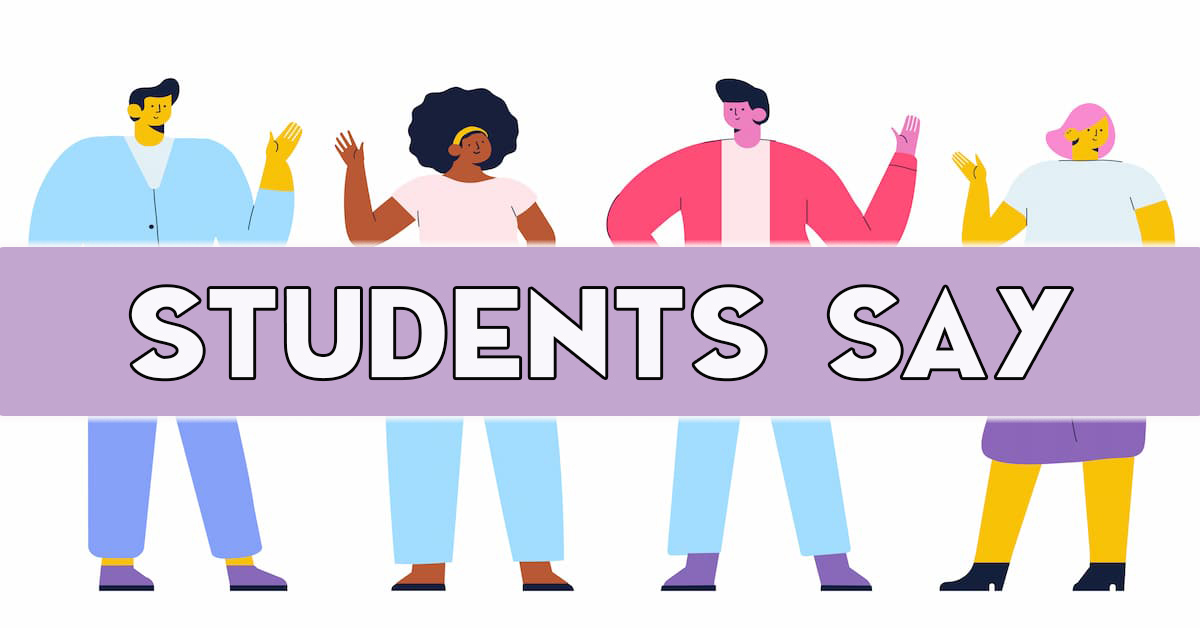The Matrix has undergone a renaissance.
The original film from 1999 remains a pop culture staple. But long ago, the series degenerated into overshared memes, its special effects copied and parodied in more films than I can count.
With The Matrix Resurrections, released in December, the mainstream media began re-examining the entire series’ not-so-subtle queer context, its prophetic vision of the internet, and the cultural impact of the film itself.
As a film, The Matrix Resurrections hits all the nostalgia “feels” for the original film. It scrambles the relationships between Neo and Trinity, and even his arch-nemesis Agent Smith, in a way that is unique and subverts expectations.
The new film also gives us Neil Patrick Harris’ the Analyst, the first person in a Matrix film who seems to be having fun.
The film is not without its drawbacks. Initially fun and meta, the nostalgia of the film becomes overused. The action scenes are honestly the worst of the series: they fall into the Star Wars trap of reusing what worked before, without innovation.
We don’t get any groundbreaking special effect — like the bending for bullets in the original film, or the over-the-top, high-octane chase in The Matrix Reloaded. These new action scenes feel pedestrian by comparison.
What makes Resurrections stand out above its predecessors, and most of today’s films, is its critique of the technological world we’ve created in the 20 years since the last Matrix film was released in 2003.
The Matrix series has always tried to be more than just a popcorn action flick. There’ll be guns, lots of guns, explosions, and tight leather. But a Matrix film will ask its audience to consider huge questions: What is real? Is our fate predetermined? Do our choices have meaning in a digitized world, where chaos erodes the fundamental pillars of order?
The original Matrix trio are Gen-X films. Gen-X is my generation, was the first for whom the internet wove into our daily lives. We were a generation of latch-key kids, the awkward hold-overs from the first failed marriage, and a generation that did not win trophies for showing up.
Living in such a dynamic created a highly individualistic generation that has “cynicism of authority” hard-coded in our DNA. This outlook permeates the original Matrix film.
In that film, the matrix does not care about you. It is built to exploit, use, and dispose of you and perpetuate its own power. It will tell you what to think, who to be, and what to enjoy.
The only power against the Matrix, originally, was individualism – and it was your choice. You could choose who you wanted to be, or let the system decide for you. Our hero was Neo, played by Keanu Reeves, an everyman who rose against a system of heartless machines that control humanity for literal and figurative power.
The Matrix and transgender resonance
For many, myself included, the message resonated. It came at a time when our new internet identities gave us tools to break oppressive systems that told us who to like and who to listen to. It allowed some of us to break the oppressive systems of heteronormativity.
We were the first generation to find not only ourselves through the internet, but each other. We were able to live in the “real world” as our authentic selves – a step that may not have been possible without the support we found and built online.
The transgender journey of the Wachowskis who wrote The Matrix was encapsulated in this film. They wrote this script at a time they weren’t free to be themselves. The Matrix would give them the chance to complete their own journey.
The series also identified what became the internet’s worst aspect: binary thinking, represented by the iconic red and blue pills that Laurence Fishburne’s Morpheus offers to Neo.
As Morpheus teaches Neo about the Matrix, he shares this piece of advice, an outlook that is the toxic bedrock of extremism: “The Matrix is a system, Neo. That system is our enemy. But when you’re inside, you look around, what do you see? Businessmen, teachers, lawyers, carpenters. The very minds of the people we are trying to save. But until we do, these people are still a part of that system, and that makes them our enemy.”

In other words, there can be no compromise with people who are not on our side.
The sequels – The Matrix Reloaded and The Matrix Revolutions– continue this philosophy. In these films, the only noble goal is to keep fighting, and maybe there will be victory Even the peace that comes about in Matrix Revolutions is more like just a pause in the clash.
New Matrix departs from conflict, binary thinking
It’s against this backdrop that the Matrix Resurrections enters.
Like its predecessors, the new Matrix is a Gen-X movie. Comfortable jeans and a latte with an old friend replace the leather and fetish clubs, but the distinctive “distrust of everything” remains.
Neo now lives in a world where he found success as a video-game developer who created the Matrix. He is now middle-aged and questioning everything, even the very thing he created, and discovers he is trapped again in a new Matrix.
In this new Matrix, the humans who survive in the “real world” work with machines who are outside the new order. Though he’s pushed again to fight the system, this time by a group of eager young soldiers, Neo decides against repeating the cycle of other Matrix films.
He decides against the grievance, conflict, and destruction of a revolution. But he goes back anyway, to free Trinity from the new Matrix.

Revolutions are sexy. Everyone wants to break the system to create a new and better world. But nature abhors a vacuum; destroying one system usually triggers the birth of a new, and often more oppressive, system.
You can see this in so many ways:
◼ The internet that allowed people to connect and build new communities led to social media giants that weaponized our passions against each other.
◼ The Arab Spring that brought Middle Eastern people together to end oppressive dictatorships led to incalculable human tragedies in countries like Syria, new dictatorships in countries like Egypt, and failed states like Libya.
◼ Social media was harnessed and weaponized against the Rohingya Muslims in Myanmar.
Binary thinking dominates the Internet. It leads to tragedy, and no one is sure how to pull back from the brink.
That’s why the new Matrix film is so important. Resurrections sends us the essential message that progress isn’t about destroying the system. It’s about carving out a place within the system, and improving it. The only revolution against a system that thrives on perpetual conflict is to refuse the conflict. And to choose finding happiness in the love of our friends and partners.
The latest Matrix tells us “painting rainbows in the sky” might actually change the world, eliminate the noise, and destroy the binary thinking plaguing our world. It’s a message that needs to be heard, and for that reason, I say Matrix Resurrections is a must-watch.

(cover photo by Brecht Bug, Flickr)










